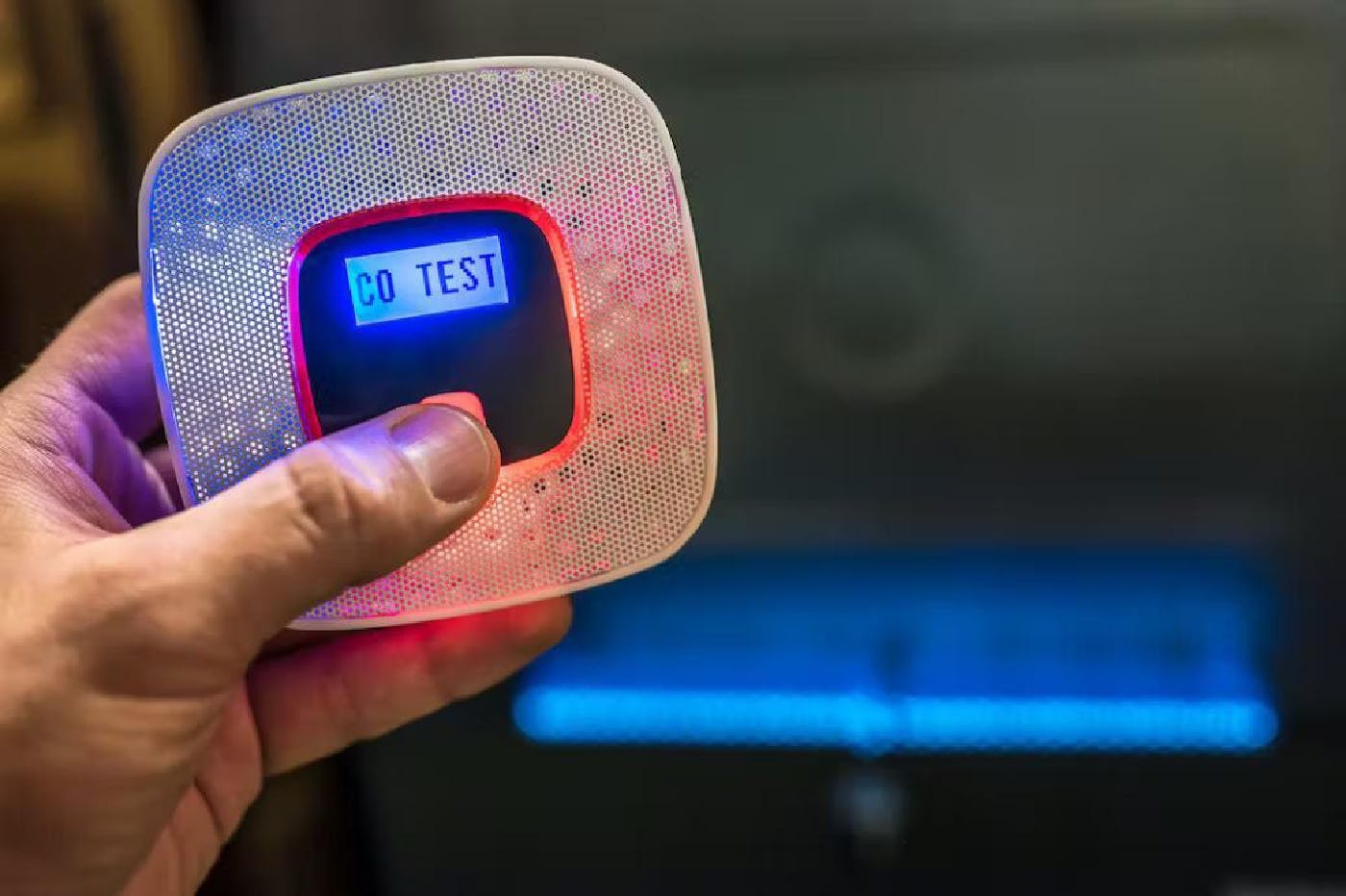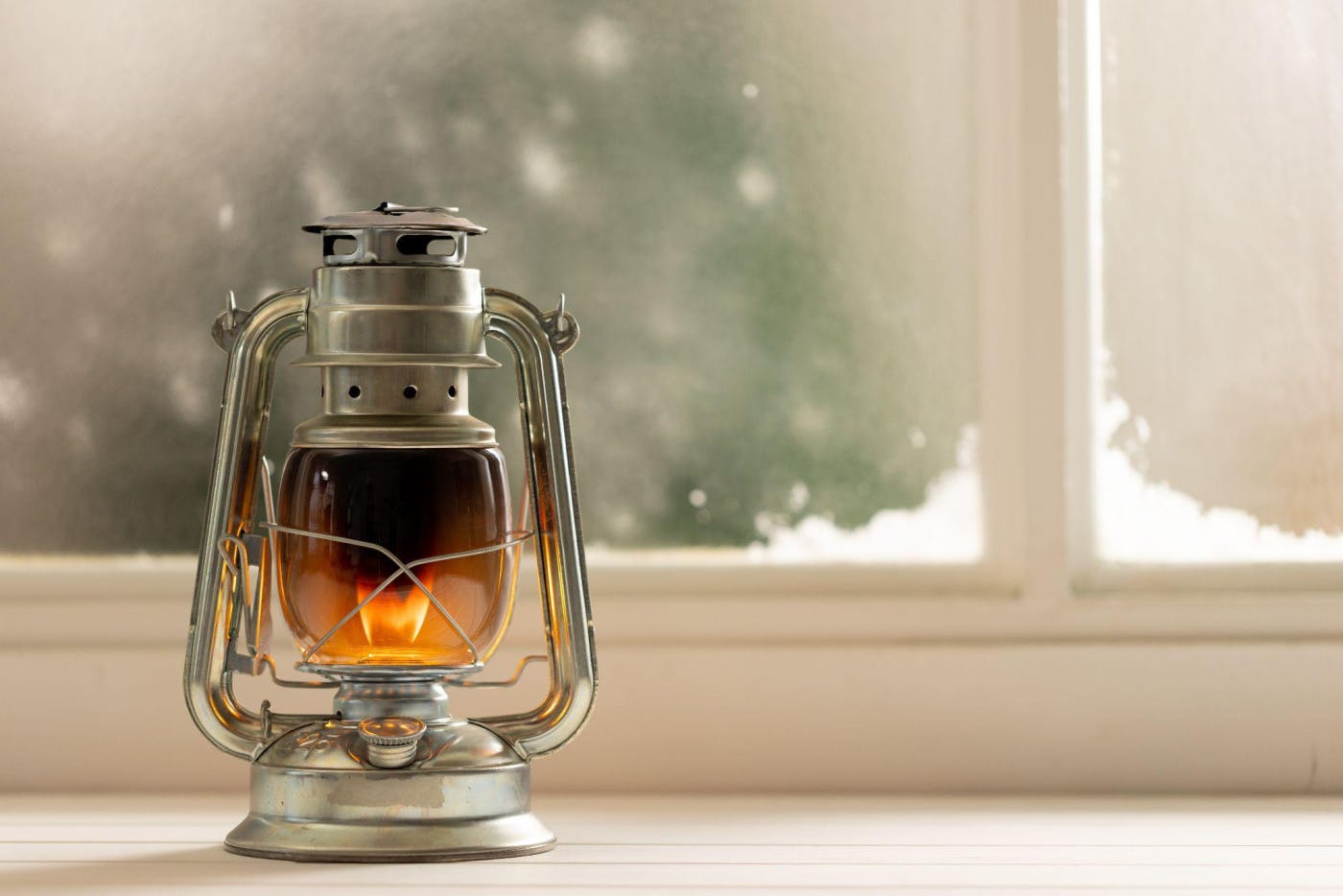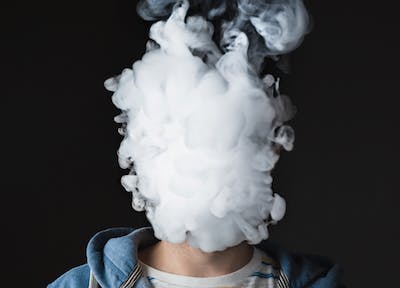Carbon Monoxide Poisoning: A Silent Threat in Minnesota Homes

Every year, thousands of Americans fall victim to carbon monoxide poisoning. Many cases are fatal. Despite this ever-present threat, many Minnesotans still do not take the risks of carbon monoxide poisoning seriously. This often leads to tragic results.
To help you protect your family this winter, here’s what you should know about carbon monoxide.














